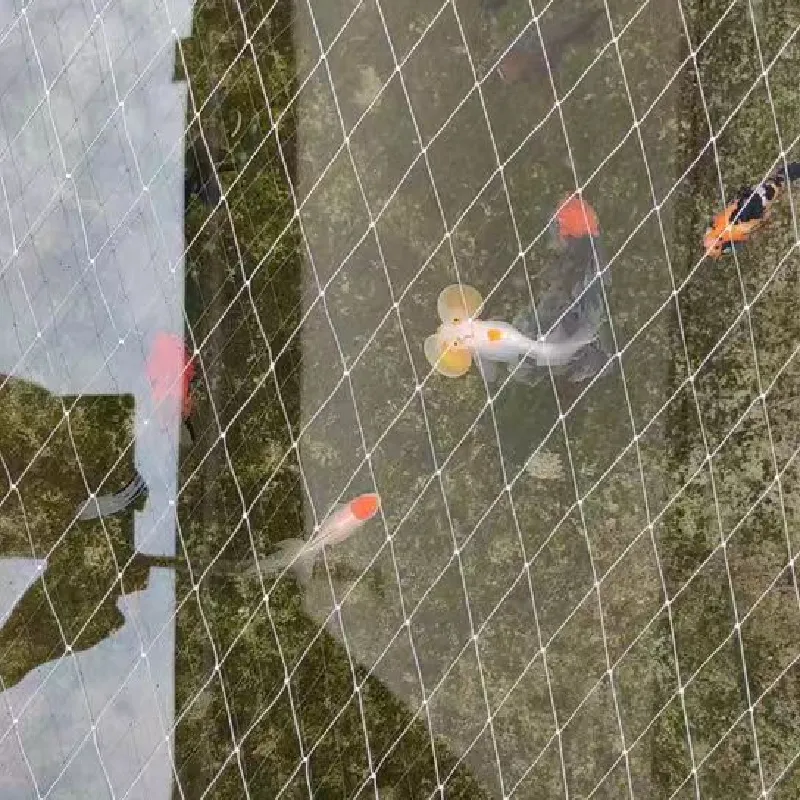-
 Afrikaans
Afrikaans -
 Albanian
Albanian -
 Amharic
Amharic -
 Arabic
Arabic -
 Armenian
Armenian -
 Azerbaijani
Azerbaijani -
 Basque
Basque -
 Belarusian
Belarusian -
 Bengali
Bengali -
 Bosnian
Bosnian -
 Bulgarian
Bulgarian -
 Catalan
Catalan -
 Cebuano
Cebuano -
 China
China -
 Corsican
Corsican -
 Croatian
Croatian -
 Czech
Czech -
 Danish
Danish -
 Dutch
Dutch -
 English
English -
 Esperanto
Esperanto -
 Estonian
Estonian -
 Finnish
Finnish -
 French
French -
 Frisian
Frisian -
 Galician
Galician -
 Georgian
Georgian -
 German
German -
 Greek
Greek -
 Gujarati
Gujarati -
 Haitian Creole
Haitian Creole -
 hausa
hausa -
 hawaiian
hawaiian -
 Hebrew
Hebrew -
 Hindi
Hindi -
 Miao
Miao -
 Hungarian
Hungarian -
 Icelandic
Icelandic -
 igbo
igbo -
 Indonesian
Indonesian -
 irish
irish -
 Italian
Italian -
 Japanese
Japanese -
 Javanese
Javanese -
 Kannada
Kannada -
 kazakh
kazakh -
 Khmer
Khmer -
 Rwandese
Rwandese -
 Korean
Korean -
 Kurdish
Kurdish -
 Kyrgyz
Kyrgyz -
 Lao
Lao -
 Latin
Latin -
 Latvian
Latvian -
 Lithuanian
Lithuanian -
 Luxembourgish
Luxembourgish -
 Macedonian
Macedonian -
 Malgashi
Malgashi -
 Malay
Malay -
 Malayalam
Malayalam -
 Maltese
Maltese -
 Maori
Maori -
 Marathi
Marathi -
 Mongolian
Mongolian -
 Myanmar
Myanmar -
 Nepali
Nepali -
 Norwegian
Norwegian -
 Norwegian
Norwegian -
 Occitan
Occitan -
 Pashto
Pashto -
 Persian
Persian -
 Polish
Polish -
 Portuguese
Portuguese -
 Punjabi
Punjabi -
 Romanian
Romanian -
 Russian
Russian -
 Samoan
Samoan -
 Scottish Gaelic
Scottish Gaelic -
 Serbian
Serbian -
 Sesotho
Sesotho -
 Shona
Shona -
 Sindhi
Sindhi -
 Sinhala
Sinhala -
 Slovak
Slovak -
 Slovenian
Slovenian -
 Somali
Somali -
 Spanish
Spanish -
 Sundanese
Sundanese -
 Swahili
Swahili -
 Swedish
Swedish -
 Tagalog
Tagalog -
 Tajik
Tajik -
 Tamil
Tamil -
 Tatar
Tatar -
 Telugu
Telugu -
 Thai
Thai -
 Turkish
Turkish -
 Turkmen
Turkmen -
 Ukrainian
Ukrainian -
 Urdu
Urdu -
 Uighur
Uighur -
 Uzbek
Uzbek -
 Vietnamese
Vietnamese -
 Welsh
Welsh -
 Bantu
Bantu -
 Yiddish
Yiddish -
 Yoruba
Yoruba -
 Zulu
Zulu
industrial bird netting
Industrial Bird Netting Safeguarding Resources and Enhancing Productivity
In an era where industrial efficiency and resource protection are paramount, industrial bird netting has emerged as a vital solution for various sectors. This innovative approach not only serves to protect crops and resources but also enhances operational productivity by minimizing damage caused by birds. With an increasing awareness of environmental concerns and sustainable practices, the use of bird netting has gained significant traction across agriculture, manufacturing, and various other industries.
Birds can pose serious threats to crops, particularly in the agricultural sector. They feed on ripe fruits, seeds, and vegetables, leading to substantial losses for farmers. For instance, a single flock of birds can devour tons of crops within a short period. This destruction translates directly into financial losses, thus impacting farmers' livelihoods and food supply chains. In response, industrial bird netting offers a straightforward, effective barrier that prevents birds from accessing valuable agricultural produce. By strategically installing netting over crops, farmers can reduce the risk of damage and ensure a higher yield, ultimately resulting in increased profitability.
Beyond agriculture, industries such as construction and manufacturing also benefit from the application of bird netting. Urban environments often attract various bird species that can disrupt operations and create safety hazards. For example, birds may nest near construction sites, leading to potential contamination and costly clean-up operations. Furthermore, droppings from birds can damage equipment and facilities, causing additional maintenance costs. By implementing bird netting solutions, companies can create exclusion zones, safeguarding their assets and maintaining a clean, efficient working environment.
industrial bird netting

Durability is a key feature of industrial bird netting. Manufactured from high-quality materials, these nets are designed to withstand harsh weather conditions and prolonged UV exposure. This resilience ensures that enterprises can rely on bird netting as a long-term solution, thus reducing the frequency and cost of replacement. Additionally, bird nets are available in various mesh sizes, allowing for flexibility based on specific operational needs and the types of birds targeted.
Another significant advantage of industrial bird netting is its eco-friendliness. Unlike harmful chemicals or traps, bird netting provides a humane method of deterring birds without causing harm. This aligns with sustainable practices aimed at preserving wildlife while still protecting valuable resources. Businesses are increasingly adopting this environmentally friendly approach, contributing to a broader commitment to sustainability in industry.
In conclusion, industrial bird netting is an essential tool for safeguarding crops and enhancing productivity across various sectors. By providing a non-lethal barrier against birds, it minimizes potential losses and fosters a more efficient operational framework. As industries continue to prioritize sustainability and efficiency, bird netting stands out as an innovative solution that addresses these challenges effectively. Embracing this technology not only benefits individual enterprises but also supports broader environmental goals, making it a win-win for all stakeholders involved.
-
Shipping Plastic Bags for Every NeedNewsJul.24,2025
-
Safety Netting: Your Shield in ConstructionNewsJul.24,2025
-
Plastic Mesh Netting for Everyday UseNewsJul.24,2025
-
Nylon Netting for Every UseNewsJul.24,2025
-
Mesh Breeder Box for Fish TanksNewsJul.24,2025
-
Expanded Steel Mesh Offers Durable VersatilityNewsJul.24,2025











